wipo conference november 4-5, 2010 licensing information and content: the role of government massimo travostino - abstract of key points
WIPO CONFERENCE NOVEMBER 4-5, 2010
LICENSING INFORMATION AND CONTENT: THE ROLE OF GOVERNMENT
MASSIMO TRAVOSTINO - ABSTRACT OF KEY POINTS
1)
The word “licensing” implies that somebody has a legal title and/or
control over “information” and “content”.
This is not always true, neither legal.
Access to information and cultural content is crucial for exercising
democratic rights. Public entities should value as a foremost interest
(and act accordingly) the fact that citizens know if and when
information and contents are freely available, or at which conditions
they may share them.
In such a sense, “licensing” is not always necessary, nor advisable.
Tools like “CC0” and “CC public domain mark” may help public entities
and citizens to identify contents which are freely available and
usable. Clear marking and tagging of works with permissions (public
domain or liberal licensing) are crucial: the issue are often tricky
for lawyers, the public must be in condition to understand as quickly
and easily as possible. Marking and tagging contents in a standardized
way helps to reach this purpose.
2)
Public entities should avoid that ideas and, in general, information,
works and contents that are legally available to the public (because
they are not copyrightable/patentable/somehow legally protected, or
because terms of protection is expired) are controlled, monopolized or
managed by somebody in order to exclude or limit access of the public.
In particolar, when information and contents are created by public
entities, or anyway using public funds, it is advisable as a "default"
treatment that they are available and accessibile without restricions:
such information and works should be made publicly available in the
absence of some very compelling reason to the contrary (reasons which
should be stated clearly and transparently to the public). In the
absence of such a reason, government information and government funded
works should be made freely available either through the public domain
or the least restrictive means possible (e.g. CC BY).
Directive 98/2003 on public sector information paved the way in Europe
for making available public information. Directive requires member
States to make available documents held by public bodies for re-use in
all formats and languages in which the information exists: it is a
huge quantity of documents such as digital maps, meteorological,
legal, traffic, financial, economic. The Directive requires that
member States encourage all public sector bodies to use the standard
licences. We have many examples of public authorities using standard
licenses like CC license for making available and reusable their
documents: on CC websites (http://wiki.creativecommons.org/Government_use_of_Creative_Commons)
are tracked some of the most notable uses of CC by Government. Amonsgt
all, we like to mention the official open government data portal of
the Regional Government of the Piedmont Region in Italy: the contents
of the website are lincesed CC BY 2.5, databases CC0.
The thematic network “LAPSI” – Legal Aspect of Public Sector
Information – under the EU Information and Communication Technologies
Policy Support Programme is working on issues concerning PSI and their
accessibility to the citizens: the basic concept which is emerging
from the activities carried out is that digitization with the support
of public institutions is a global public good, regardless whether the
content digitized is in the public domain or not. Moreover, particolar
attention has to be made to digitization process of works in the
public domain carried out by public institutions, since such activity
may lead to creation of IP protected works or materials (e.g.
metadata), or contractual restrictions to exploitment of digitized
content. To this regard, another very relevant issue concerns the the
need for evaluating very carefully the proper way to address database
rights: databases are the vessel in which much PSI and government
information is made available and digitization, collection and tagging
of information by public entities may create databases rights which
should not become an obstacle for accessing such contents.
3)
Nevertheless, so much it has still to be done: what about a rule for
public procurement contracts which provides that all contents,
documents and outputs which are produced using public funds are public
and freely accessibile and available to everybody ? This could be an
high-level provision (EU Directive), as well as a State law; but even
today it could work as a contractual provision and be inserted in
public contracts by public bodies.
4)
In the digital age knowledge and access to such contents through the
web represent another key issue: governements should monitor
marketplace of access and marketplace of contents, avoid abuse of
dominant positions and anticompetitive or discriminatory practices,
and regulate and control the use of proprietary standards and formats
which could represent a serious obstacle for sharing and accessing
contents.
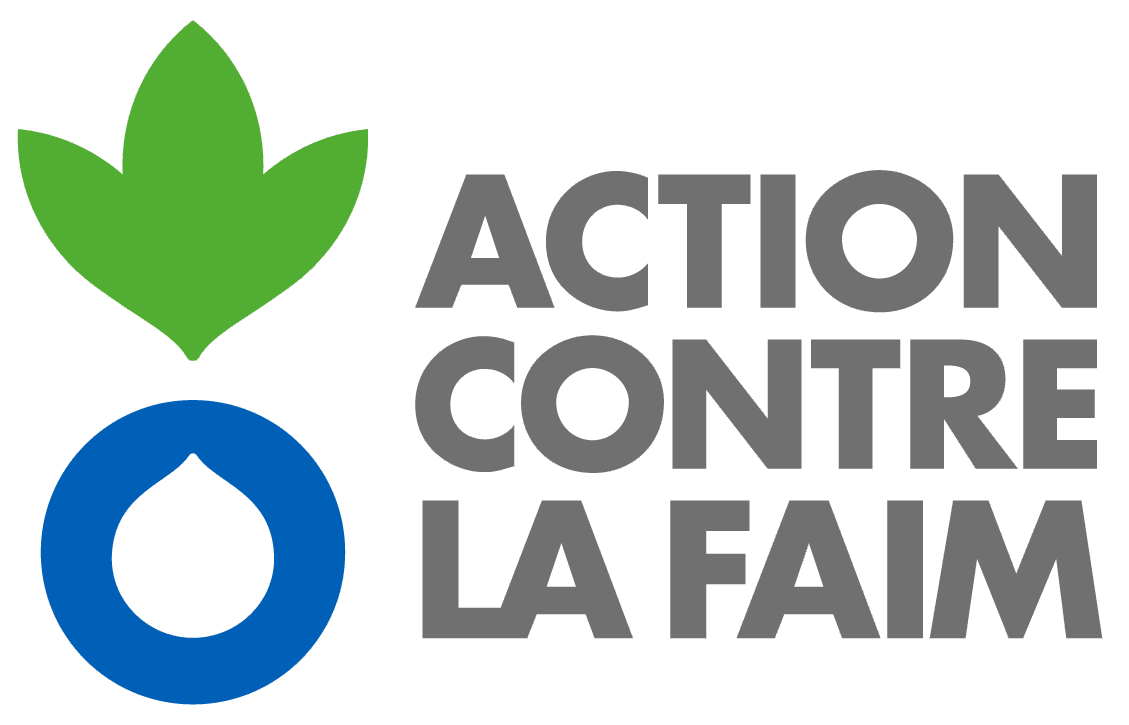 MANUEL VÉHICULES 2017 DÉPARTEMENT LOGISTIQUE ACTION CONTRE LA FAIM
MANUEL VÉHICULES 2017 DÉPARTEMENT LOGISTIQUE ACTION CONTRE LA FAIM V ER 20171 MATERIAL TRANSFER AGREEMENT (MTA) BETWEEN THE
V ER 20171 MATERIAL TRANSFER AGREEMENT (MTA) BETWEEN THE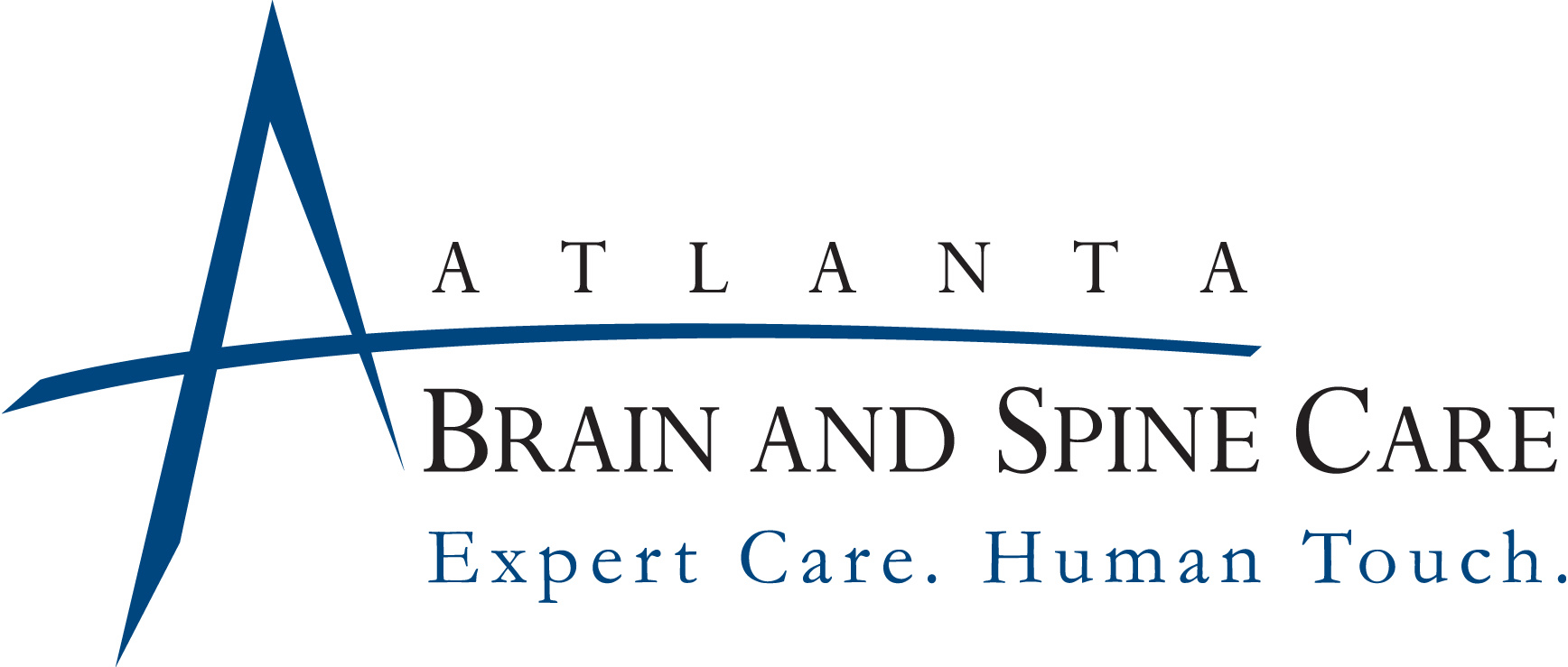 AUTHORIZATION TO OBTAIN AND USE OR DISCLOSE INFORMATION FOR
AUTHORIZATION TO OBTAIN AND USE OR DISCLOSE INFORMATION FOR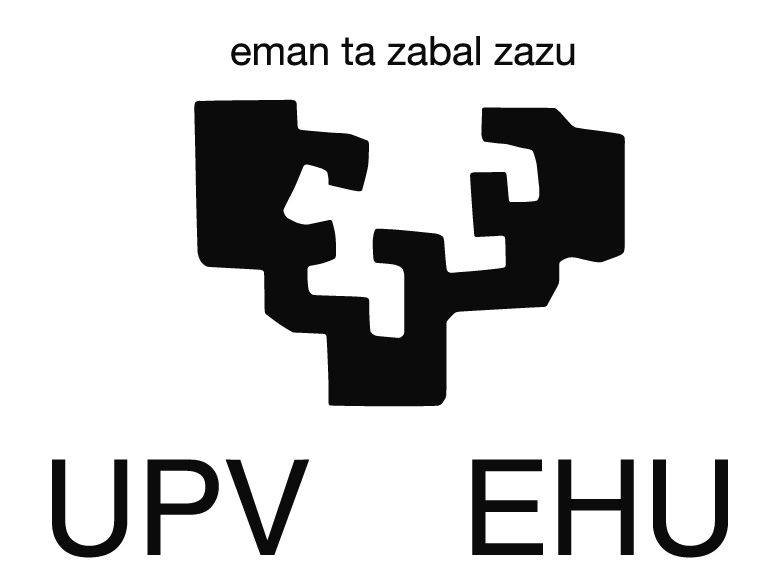 UPVEHU JULEN GASCO BUSTO DOCKER SWARM ADMINISTRACIÓN DE SISTEMAS
UPVEHU JULEN GASCO BUSTO DOCKER SWARM ADMINISTRACIÓN DE SISTEMAS PERSON SPECIFICATION CLASS TEACHER 2018 ESSENTIAL DESIRABLE
PERSON SPECIFICATION CLASS TEACHER 2018 ESSENTIAL DESIRABLE VÁŽENÁ KOLEGYNĚ DĚKUJEME VÁM ZA VAŠI REAKCI K NAŠÍ
VÁŽENÁ KOLEGYNĚ DĚKUJEME VÁM ZA VAŠI REAKCI K NAŠÍ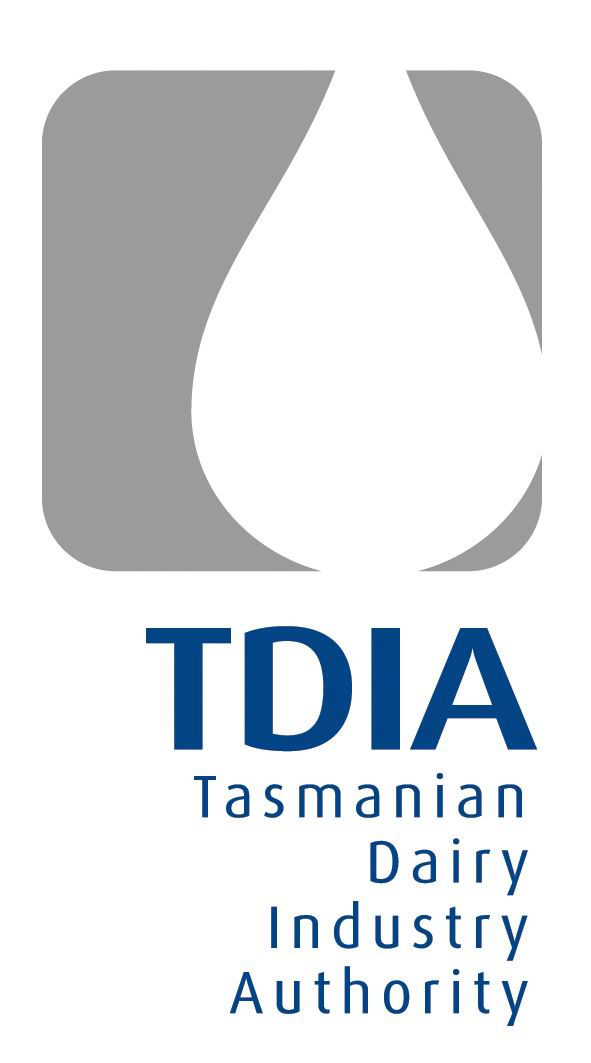 FARM DAIRY PREMISES EFFLUENT MANAGEMENT PLAN 2010 TASMANIAN DAIRY
FARM DAIRY PREMISES EFFLUENT MANAGEMENT PLAN 2010 TASMANIAN DAIRY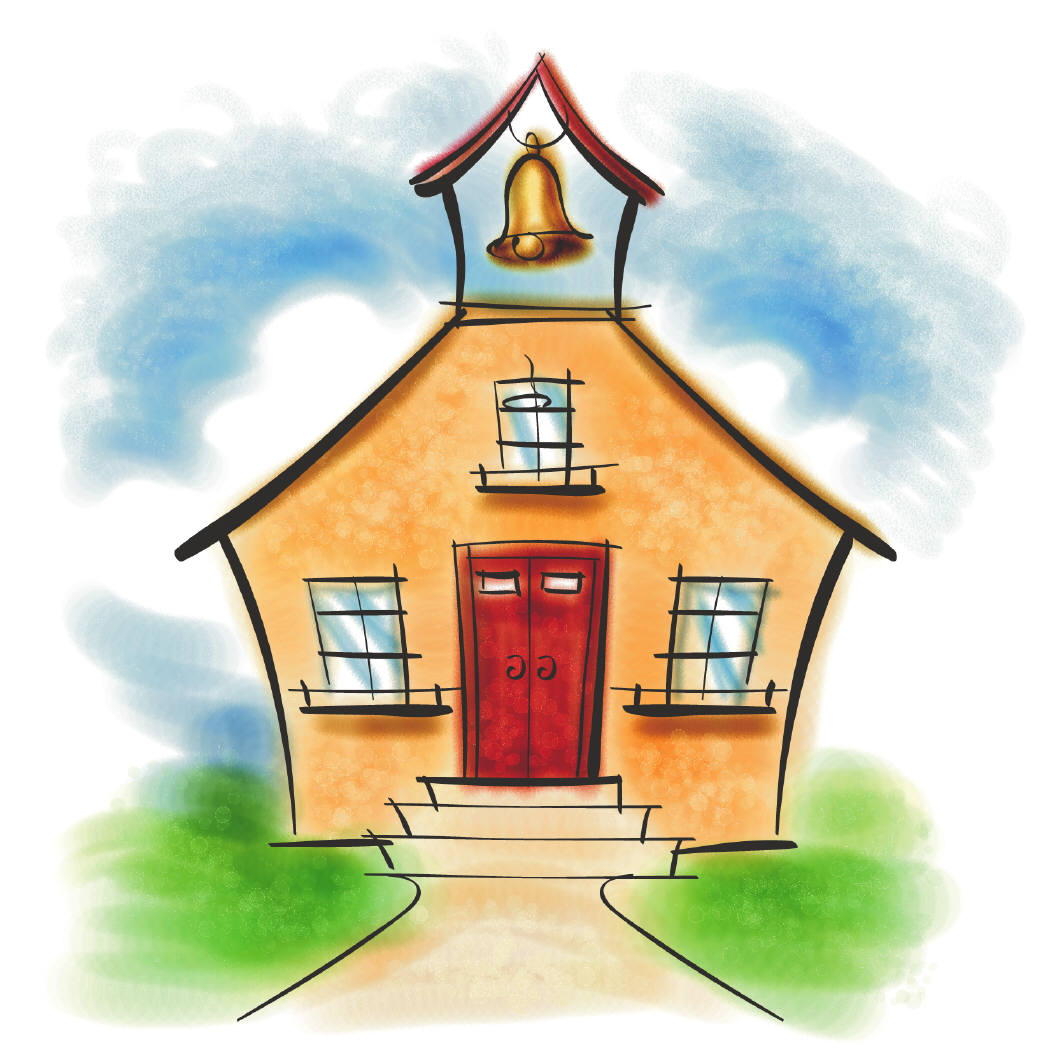 WHAT IS SECTION 504? SECTION 504 IS A FEDERAL
WHAT IS SECTION 504? SECTION 504 IS A FEDERAL